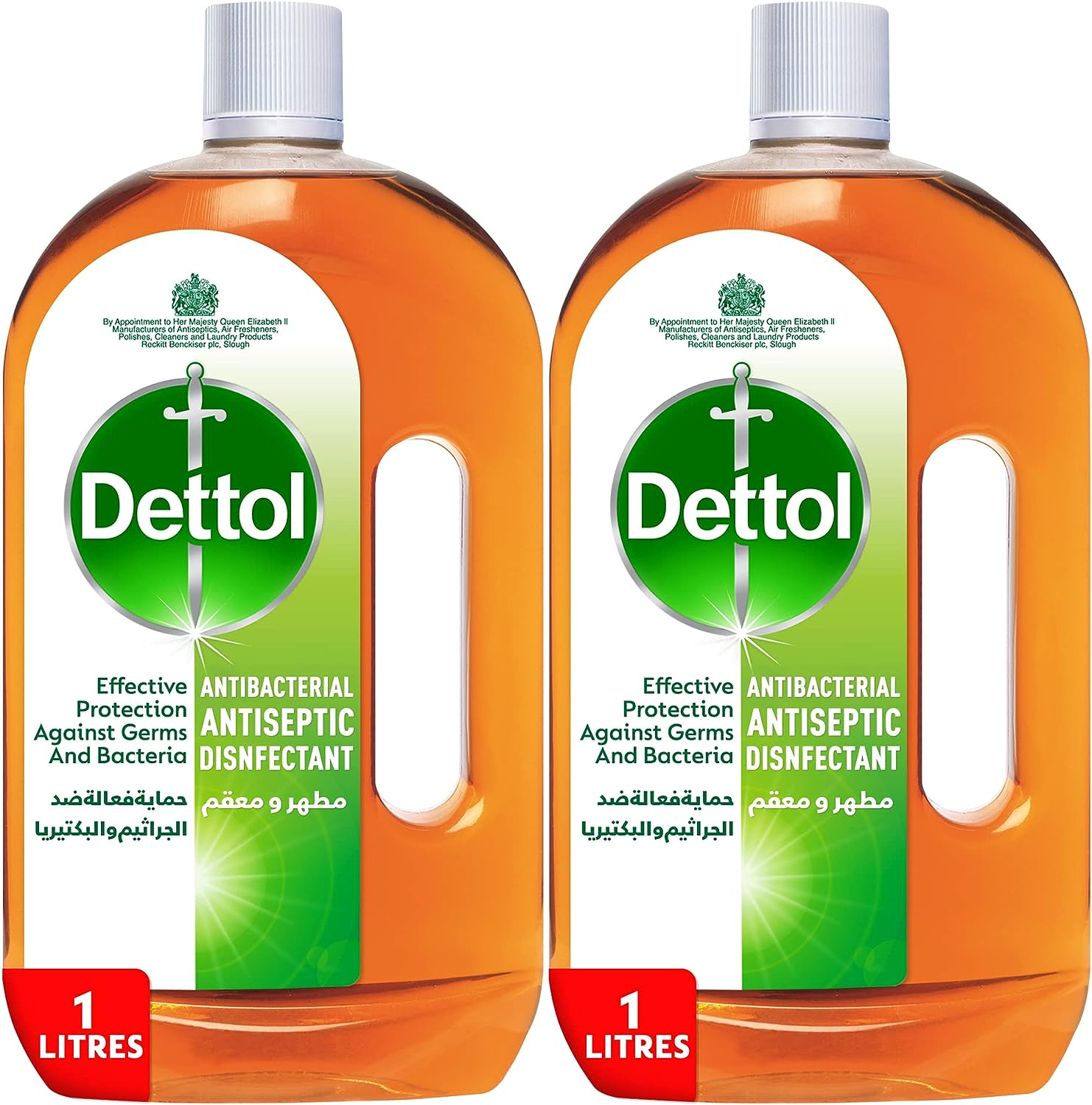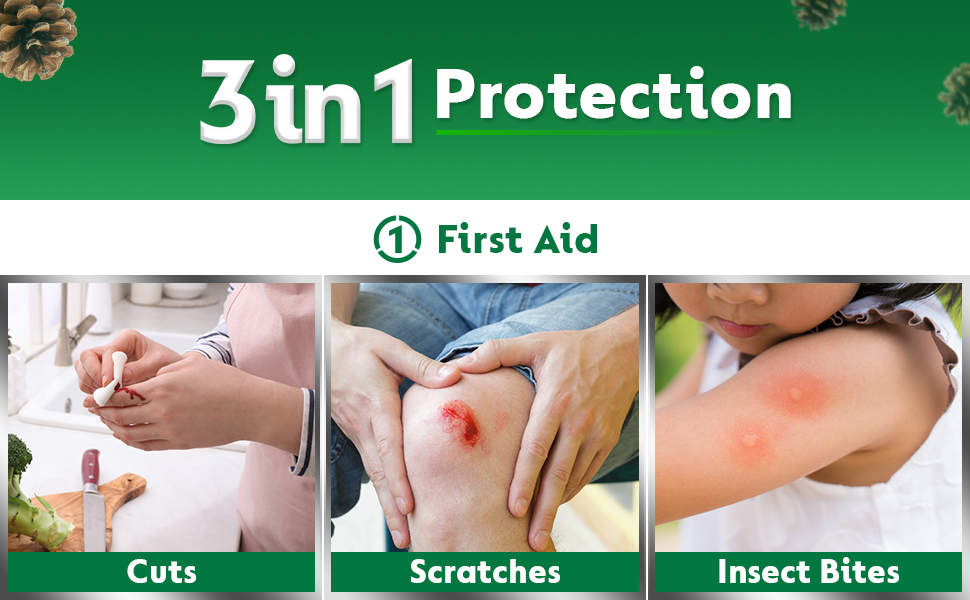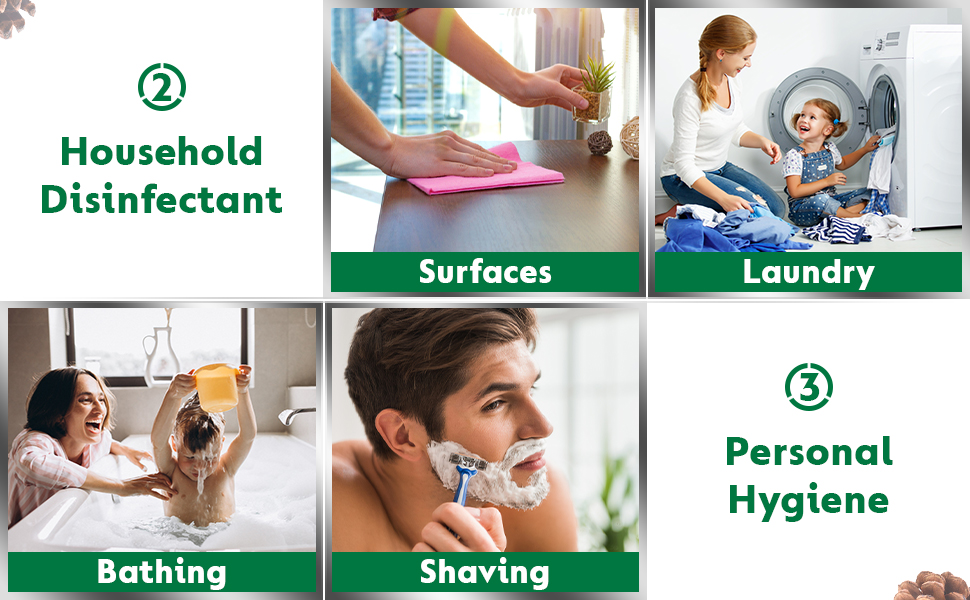Dettol - Effective Protection From Germs And Bacteria
If you are looking for something that is easy to use when it comes to first-aid, to maintain personal hygiene, or as a household disinfectant, then Dettol Antiseptic Antibacterial Liquid is the best antiseptic liquid because it acts as your first line of defense by warding off unwanted invaders and giving you the desired protection. The disinfectant liquid is a concentrated antiseptic solution that provides effective protection against germs and bacteria. This Dettol liquid protects against infection from cuts, scratches, and insect bites and can also be used as a household disinfectant. The enhanced formulation of Dettol disinfectant liquid is suited to all skin types and helps you retain a smooth and clear skin free of germs.
History Of Dettol
Dettol was invented in 1933 to help doctors protect the lives of mothers and babies in hospitals from infectious illnesses. 90 years later, Dettol remains relentless about achieving its purpose of protecting life & enabling health by reducing the burden of illness. With its wide portfolio of 200+ trusted germ-kill products that break the chain of infection, scientific expertise in germ protection and a world-class hygiene education program, Dettol is the brand families worldwide rely on to protect those they love.



Ingredients
Benzalkonium Chloride Solution, Aqua, Propylene Glycol, Isopropyl Alcohol, Fragrance, Disodium Edetate, Tartrazine (Cl 19140), Direct Blue 86
Directions
First aid 1 tablespoon to 250ml of water (1 in 20). Bathing 1 teaspoon to a bucket of water. Nappy wash 1 tablespoon to 500ml of water (1 in 40). Shaving 2 teaspoons to a mug of shaving water (1 in 20). Surgical, medical, midwifery see literature available to doctors and nurses on request. Epidemics treat linen, floors and for spraying rooms, 1 tablespoon to 500ml of water (1 in 40).
Safety Warning
The chemicals used in disinfectants and antiseptics can be dangerous. If ammonia and bleach are mixed, the result is a deadly gas called chloramine. If bleach is mixed with an acid, it forms chlorine gas. This is toxic. Bleach and hydrogen peroxide can cause an explosion if they are mixed.